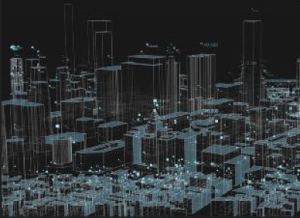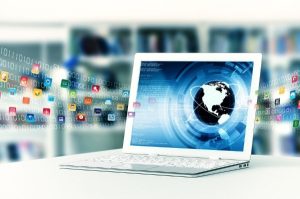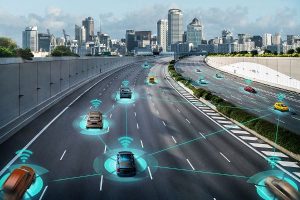
In the post-COVID world of events, attendees get to have their cake and eat it too. A recent survey from Government Executive's Market Connections showed that in-person attendance is rising while online attendance is staying steady. In this latest study, over half of respondents said they had attended one to three in-person events over the past year. Three in 10 respondents have participated in four to six webinars per year. These numbers mirror what we found in surveying our members late last year.
With public health concerns largely gone, there are new decision points as to what makes an event worth attending. Continue reading








